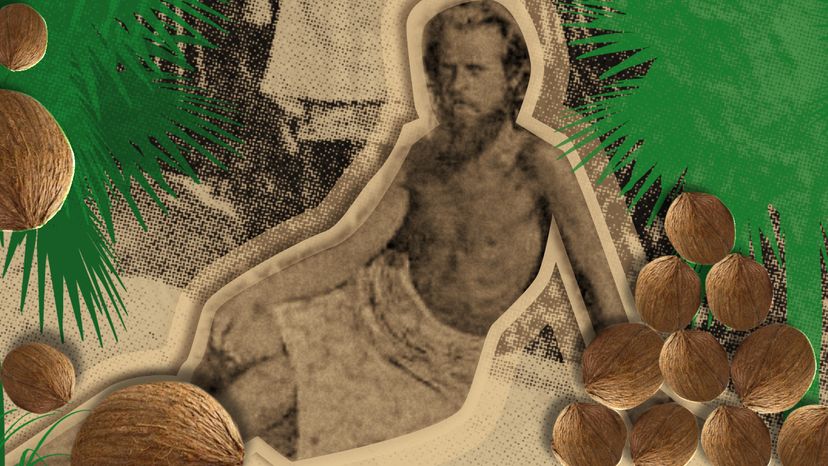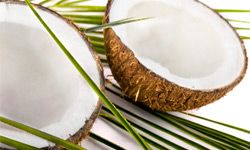Engelhardt's self-created cult was called Sonnenorden (Order of the Sun), and he wrote letters that ultimately convinced about 15 people to join him at his sun-soaked paradise. Don't fear malaria, he wrote to his prospects, the warmth of the sun and the curative powers of the coconut will heal whatever ails you.
Two of those converts were particularly noteworthy. One was Heinrich Eukens, a 24-year-old vegetarian smitten with Engelhardt's extreme lifestyle. The other was Max Lutzow, once the conductor and a player in the well-regarded Lutzow Orchestra of Berlin.
Eukens enthusiastically plunged into the sun-worshipping coconutiness, but his constitution wasn't able to withstand the abrupt physical changes. Within weeks, he dropped dead. The sect's other followers were appalled but carried on.
Lutzow, on the other hand, got on famously with the island's leader, but for one detail – he'd brought along his music collection and often played pieces that grated on Engelhardt's nerves. After one quarrel, Lutzow wound up stranded on a mission boat far from shore, and since there was no fresh fruit on board, he refused to eat. By the time he returned to land, he was feverish beyond repair, perishing under the hot sun.
Other group members met their ends through sunstroke, drownings and, of course, malaria, because the sun most definitely did not serve as an adequate substitute for quinine. In a bit of irony, at least one cultist died after being struck by a falling coconut.
Those who didn't perish fled the island, leaving their leader to a solitary existence. The German government, aware of Engelhardt's lunacy, actively forbade other wayward youth from similarly grim endings.
Engelhardt himself continued, certain that his followers died simply because they'd cheated on their mono-coconut diet, polluting their bodies with impurities and poisons from other food sources. But his health, too, was failing. Photographs, some taken by tourists who went out of their way to visit the solitary madman, show the sect leader as little more than a bearded bag of bones, his skin erupting in lesions and deformities clearly demonstrating his nutritional inadequacies.
Eventually, even he was too weak to refuse modern medical care, and a local doctor was able to nurse him back to health in Papua New Guinea. Engelhardt rewarded his physician's efforts by escaping back to his island, managing to survive until the outbreak of World War I in 1914.
The following year, he was captured as a prisoner of war, but released from camp at least in part because he was so clearly mentally ill. Still, he carried on, until 1919, when his body could no longer tolerate malnutrition. He died at age 44, reportedly weighing less than 70 pounds (31 kilograms) when he was found on the beach.


